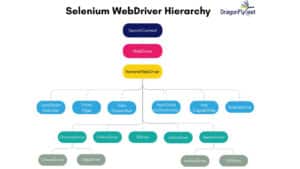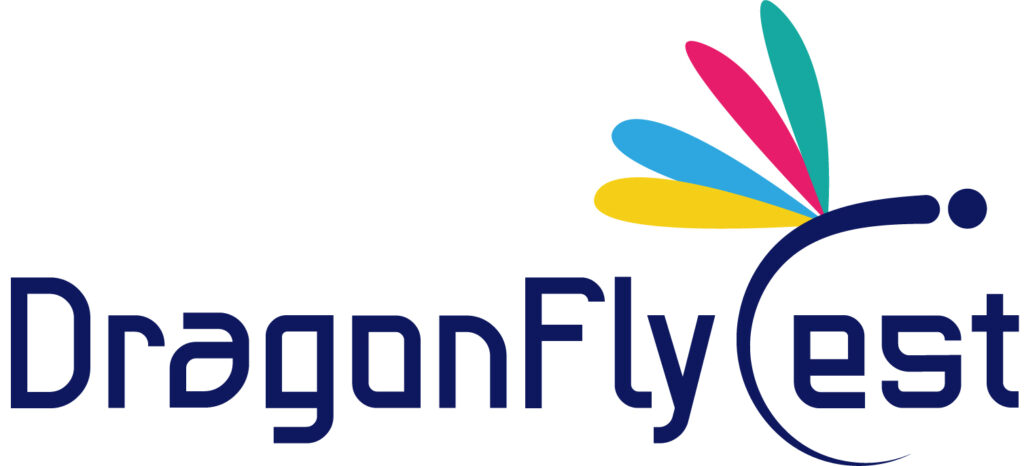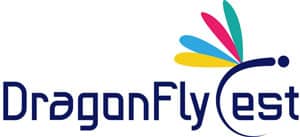UiPath RPA

UiPath is a leading Robotic Process Automation (RPA) platform and software company that specializes in automating repetitive and mundane tasks across various industries. With a focus on improving efficiency and productivity, UiPath provides organizations with the tools and capabilities to automate their business processes, freeing up employees to focus on higher-value work.
At the core of UiPath’s platform is its powerful and user-friendly Studio, a visual design environment that allows users to build automation workflows through a drag-and-drop interface. This empowers both technical and non-technical professionals to create automation solutions without the need for extensive coding knowledge. The Studio offers a wide range of activities and actions that can be combined to automate various tasks and processes, such as data entry, report generation, data validation, and much more.
UiPath also offers an extensive library of pre-built automation components called the UiPath Marketplace. This allows users to leverage existing automation workflows, reusable plugins, and integrations with popular applications and systems. By leveraging the Marketplace, users can accelerate their automation projects, reduce development time, and benefit from best practices developed by the UiPath community.
Our approach
DragonFlyTest follows a robust and flexible automation approach that enables organizations to automate their business processes effectively. The UiPath automation approach summarized in the following steps:
1. Identify and Analyze: The first step is to identify and analyze the business processes that are suitable for automation. This involves understanding the process flow, identifying repetitive and rule-based tasks, and determining the potential benefits of automation, such as increased productivity, accuracy, and cost savings.
2. Design and Plan: In this phase, the automation process is designed and planned using UiPath Studio. The design involves creating a visual representation of the process flow by dragging and dropping activities from the library. The plan includes defining the scope of the automation, setting goals, and determining the resources required for implementation.
3. Build and Develop: Using UiPath Studio, the automation workflow is built and developed. This involves selecting the appropriate activities and actions from the activity library and configuring them to perform the desired tasks. UiPath Studio provides a wide range of activities, including data manipulation, web scraping, email automation, and integration with external applications.
4. Test and Debug: Once the automation workflow is built, it is important to thoroughly test and debug the automation process. UiPath Studio provides debugging tools to identify and fix any issues or errors. Testing involves validating that the automation performs as expected and meets the defined requirements.
5. Deploy and Execute: After successful testing, the automation workflow is deployed and executed using UiPath Orchestrator. UiPath Orchestrator allows for centralized management, scheduling, and monitoring of the automation processes. It provides a secure environment for running the automation and ensures seamless execution across multiple machines and environments.
6. Monitor and Optimize: Once the automation process is deployed and running, it is important to monitor its performance and optimize it for continuous improvement. UiPath Orchestrator provides insights and analytics to track the performance of the automation processes, identify bottlenecks, and make data-driven decisions for optimization.
7. Maintain and Support: Maintenance and support are essential for the long-term success of automation initiatives. UiPath provides tools for version control, change management, and documentation to ensure that the automation processes remain up-to-date and well-maintained. Additionally, UiPath offers a strong support system, including a community forum, documentation, and customer support, to assist users with any issues or challenges they might encounter.
DragonFlyTest’s automation approach emphasizes a visual and intuitive development environment, seamless deployment and execution, and continuous monitoring and optimization to achieve efficient and reliable automation. This approach allows organizations to automate a wide range of processes, from simple rule-based tasks to complex cognitive tasks, enabling them to streamline operations, increase productivity, and drive digital transformation.
Why DragonFlyTest
- Increased Efficiency and Productivity: By automating repetitive and time-consuming tasks, UiPath enables organizations to streamline their workflows and free up employees’ time for more strategic and value-added activities. This leads to improved efficiency and productivity across the organization.
- Cost Savings: Automation with UiPath can significantly reduce operational costs by minimizing manual errors, eliminating the need for excessive manpower, and speeding up processes. By automating mundane tasks, organizations can achieve cost savings in areas such as data entry, report generation, customer support, and finance operations.
- Improved Accuracy and Compliance: UiPath’s software robots perform tasks with a high degree of accuracy, reducing human errors associated with manual work. This is particularly crucial in industries with strict compliance requirements, such as finance, healthcare, and telecommunications, where data accuracy and regulatory adherence are paramount.
- Scalability and Flexibility: UiPath’s platform allows organizations to easily scale automation initiatives as their needs evolve. Whether automating a single department or deploying automation solutions enterprise-wide, UiPath offers the scalability and flexibility needed to accommodate changing business requirements.
- Enhanced Customer Experience: By automating repetitive and time-consuming customer-facing processes, such as order processing, account management, and support ticket handling, organizations using UiPath can provide faster and more efficient service to their customers. This can lead to higher customer satisfaction and loyalty.
- Integration with Existing Systems: UiPath seamlessly integrates with a wide range of applications and systems, including legacy systems, web-based platforms, and enterprise resource planning (ERP) systems. This allows organizations to leverage their existing technology investments and automate end-to-end processes that span multiple systems.
- Data Analytics and Insights: UiPath provides advanced analytics and reporting capabilities, allowing organizations to gain insights into automation performance, identify process bottlenecks, and make data-driven decisions for process optimization and improvement.
- Competitive Advantage: Adopting UiPath and embracing automation can give organizations a competitive edge by enabling them to deliver services faster, more accurately, and at a lower cost compared to their competitors.
From Our Blog Posts

An Insight into Crash Discovery Testing
Table of Contents EXECUTIVE SUMMARY The unparalled growth of smartphone devices has opened up avenues for organizations to integrate them into the mainstream computing environment.

Mastering Selenium – Differences Between Search Context, RemoteWebDriver, WebDriver and ChromeDriver
Table of Contents SearchContext in Selenium SearchContext is the topmost interface in the Selenium WebDriver hierarchy, providing the foundational method for locating elements within the

Playwright vs Selenium – Which Automation Tool Reigns Supreme?
Table of Contents Introduction Are you torn between Selenium and Playwright for your test automation needs? Choosing the right tool can make all the difference

